Today Intel is announcing the brand name for what was previously known as the Xe HPG GPU. Instead of using the “Intel Xe HPG” as its brand, there is now Intel Arc. Intel Arc will be the company’s GPU brand and is not to be confused with Intel ARK the ultra-useful tool to learn about Intel products.
Intel Arc is the Brand for its New GPU
We are still waiting for cards, and it seems as though we have two quarters to go until launch, but the Xe HPG is from the same family as Intel’s other GPU offerings. The first Intel Xe DG1 (LP) was sampling to developers only seven quarters ago. We also know that the Xe HPC “Ponte Vecchio” GPU looks like a spaceship of packaging technology. The Intel Arc GPU replacing the previous HPG seem somewhere between the two.
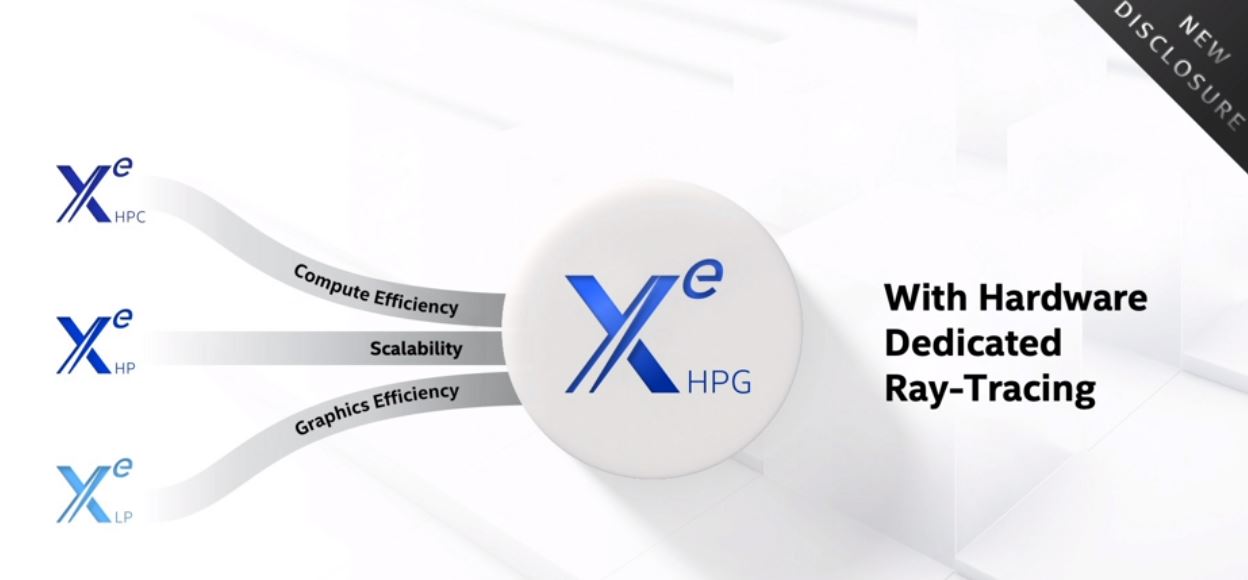
As part of the release, Intel showed off a chip that would have been previously known as the DG2.
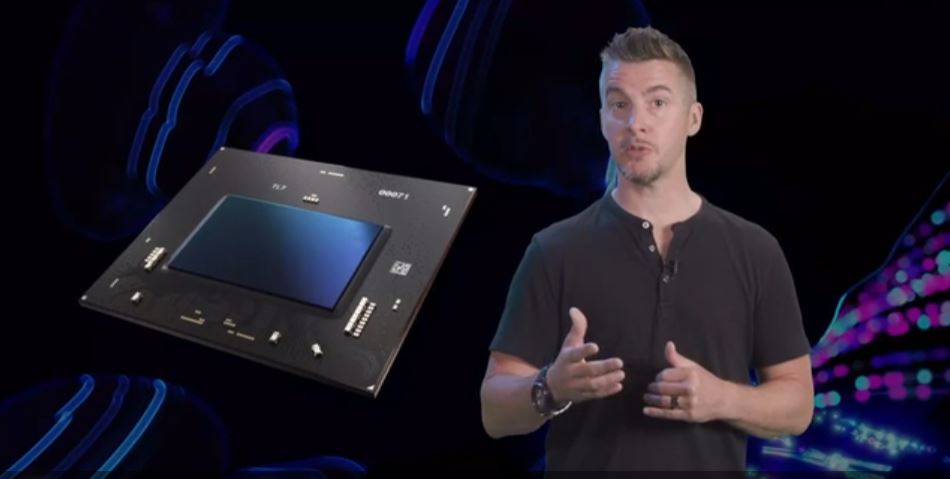
This chip looks very similar to a rendering of the physical chip that Intel showed off two months ago in Intel Xe-HPG DG2 GPU Shown in Public.
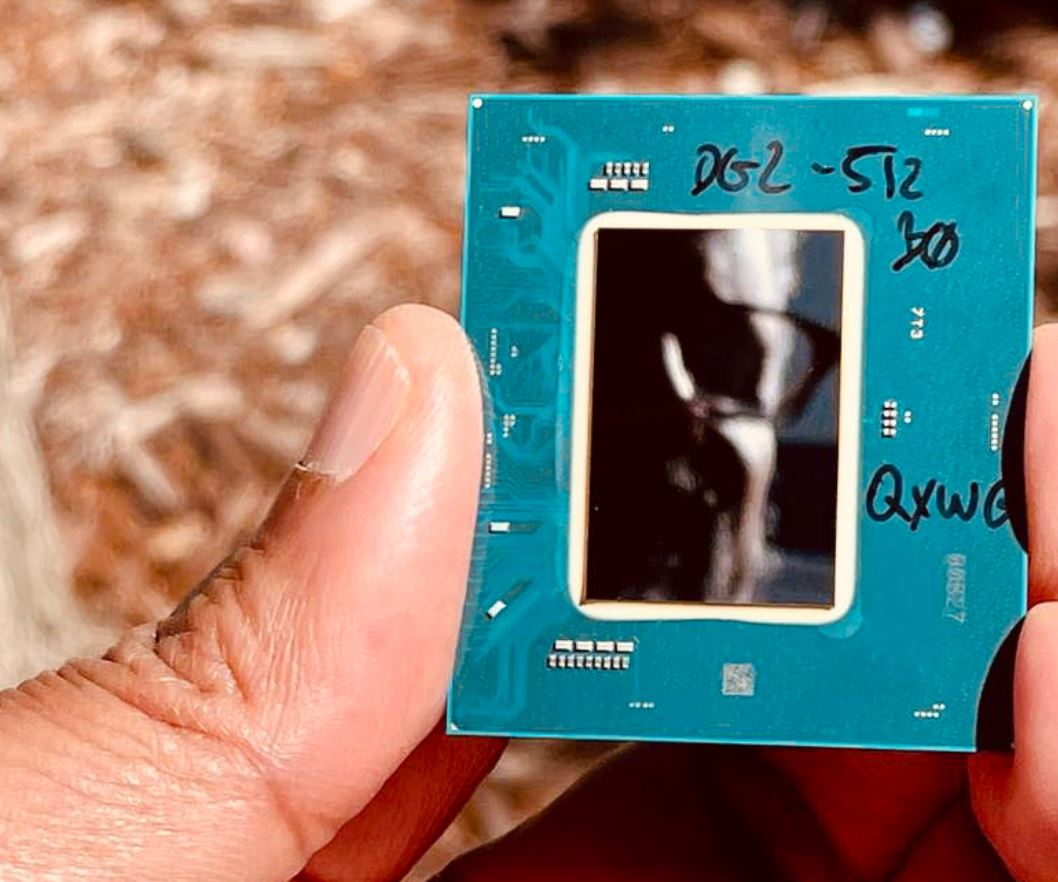
Intel also told us a bit about its codenames. This first offering (formerly called DG2) is going to be based on the company’s Alchemist microarchitecture. That will be followed up by the Intel Arc Battlemage, Celestial, and Druid generations. While NVIDIA names its GPU architectures after famous scientists and engineers, and many of Intel’s chips are named after geographic features, Intel seems to be focusing specifically on some sort of fantasy genre of gaming for its GPUs. If you are a FPS or sports gaming fan, our sense is that Intel will still try getting its GPUs to work with those and that this is just a naming convention.
Final Words
The somewhat intriguing part about the codename lineage for the new Intel Arc brand is that it is so focused on a specific gaming genre. Whereas many companies purchase NVIDIA Turing and now Ampere gaming GPUs for professional work settings and edge AI work, it seems like Intel is steering away from that use case with these codenames. Imagine being at work and telling someone you need to get the latest “Druid” GPU for your AI workstation with a straight face.
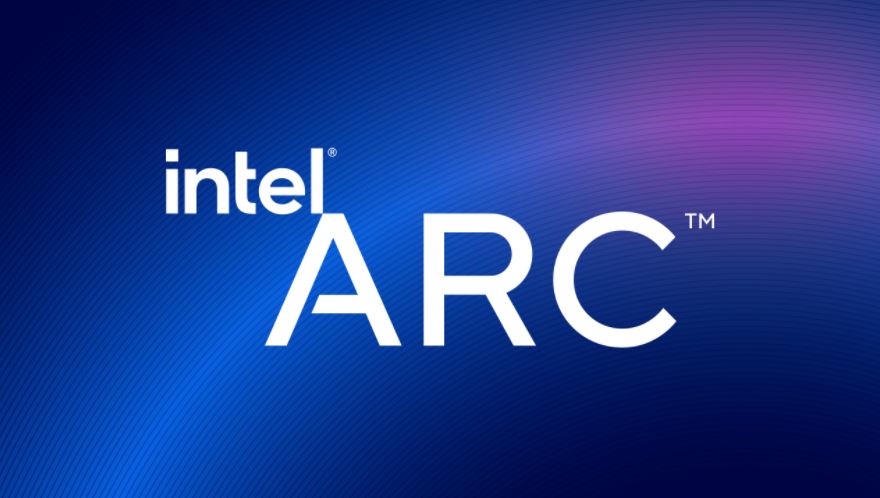
Perhaps the coolest feature of this is that Intel says that the Intel Arc Alchemist product will launch in Q1 2022. Soon we will see if Intel’s foray into GPUs will make a major dent in the GPU market. Intel has the power to bundle its sprawling portfolio so there is a good chance it will make notable inroads. Hopefully, we get more details on Intel Arc as we get closer to launch.

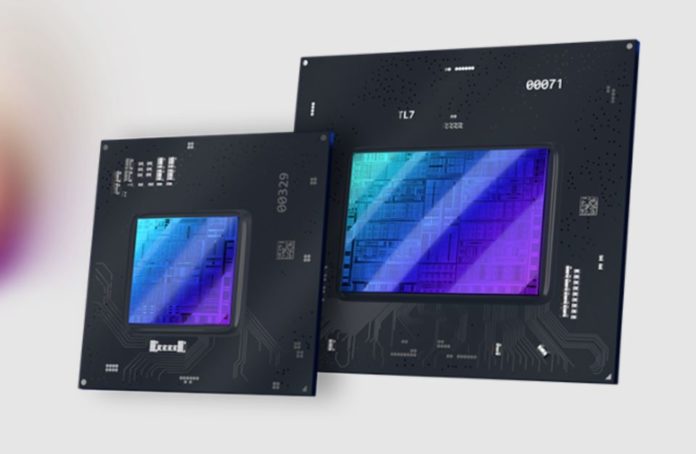



“Druid” architecture difficult to sell? Tell that to Imagination who has series called “Warrior” (MIPS CPU), “Wizard” (Ray tracing) and “Rogue” (shader graphics) for the Gauntlet completeness.
Imagination isn’t selling PCIe cards to office goers.
Rather peculiar announcement. The timing is unsurprising. Final branding has to turn up at some point in the code & hardware shared with developers, and being the paragons of NDA compliance that they too often are not, the info might as well be leaked by INTC itself.
The apparent target market, on the other hand, is eyebrow-raising. Gamers aren’t a demographic that Intel serves today, so I guess they are not likely to represent a potential major pool of disappointment. But I do note that the branding names didn’t include anything like CADmaster, FarmAll, RenderRanch, AImax, FEMnow, etc.
Q1 2022 is too late for this product to have much impact unless there’s still a big shortage of GPUs in the market and Intel can pump them out en masse. NVIDIA will be releasing its next gen cards just months after Intel releases Alchemist. The rumor has been that the DG2 (Alchemist) has a die size to performance ratio about that of Ampere, presumably without DLSS, with an unknown ray tracing performance comparison, and surely with a less experienced drivers team, so if it’s going up against Ampere-Next it will hardly be competitive. Intel doesn’t like to sell low margin products so I imagine Alchemist will disappear soon after Ampere-Next gets released and then it’s on to waiting for Battlemage, which I think is just an Alchemist with a portable alembic.
This Xe-HPG/Alchemist discrete gpu is reportedly 512EU and Intel claims DirectX 12 Ultimate compatibility, which MSFT says is their highest category.
Intel has other GPUs in development. A four tile Xe-HP, for example, was demoed last year performing at 42TF FP32 and transcoding 10 streams of 4K60 video. This one has 2048EU.
Both of these look like they can do the needed work, and Intel reportedly has a 15K army of programmers supporting them. so I have little doubt they will be competitive.
Intel’s Tiger Lake Xe integrated GPUs have been getting good reviews for graphics and transcoding capabilities in the mobile segment.
Everyone has other GPUs in development. The Xe-HP GPU is a data center GPU, by the way. Intel’s 15K army of programmers are mostly working on other things that Intel has their hands in, such as allowing their data center GPUs to do more than transcode video. Intel has been making drivers for a long time, so that’s not the issue, the issue is the competitive pressure to come out with high performance drivers quickly when a new GPU or a new AAA game comes out. Intel hasn’t dealt with it before. Even AMD can’t match NVIDIA on that. It’s hard to believe that Intel is ready to do it out of the gate. Having good integrated graphics reviews means nothing as far as competing in the discrete GPU space, particularly when AMD has been integrating their older architectures and Intel integrated their brand new architecture. And DirectX 12 Ultimate compatibility is simply a necessary box to check to compete. Intel has had strong feature support for their graphics architectures for a while. They simply had bad performance.
My point is not that Intel can’t eventually be successful in consumer graphics. My point is that this Alchemist product was supposed to come out in 2020, not 2022. In 2022 it is too late. Most likely it will be released as a product the way Lakefield was – that is to say, available in small numbers and receiving minimal support – and it’s on to waiting for Battlemage, which I should have said is just an Alchemist with a portable alembic and a penchant for violence. I just haven’t seen Intel have any appetite to lose money on a product.